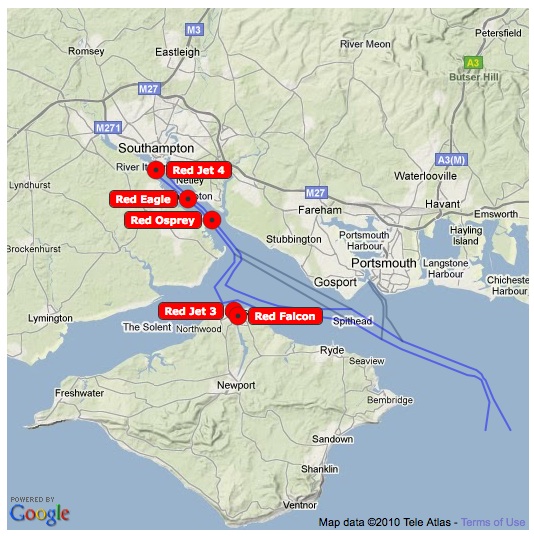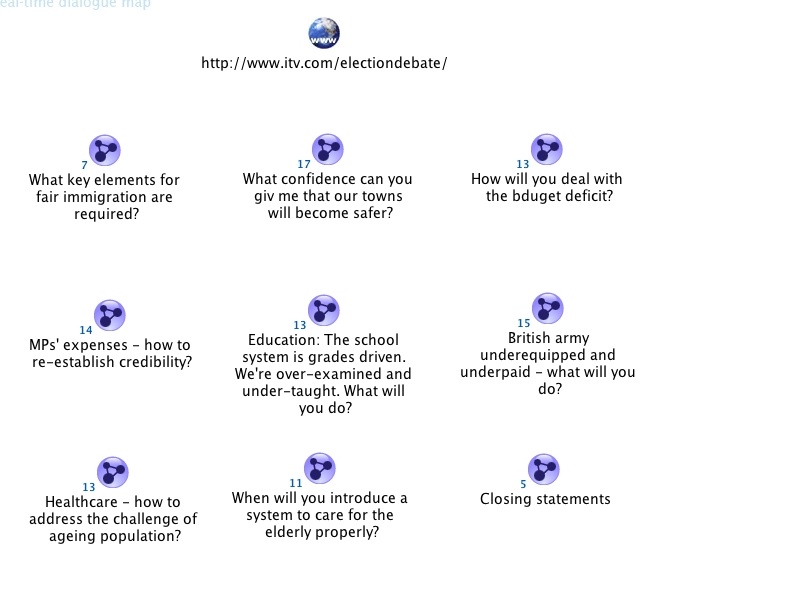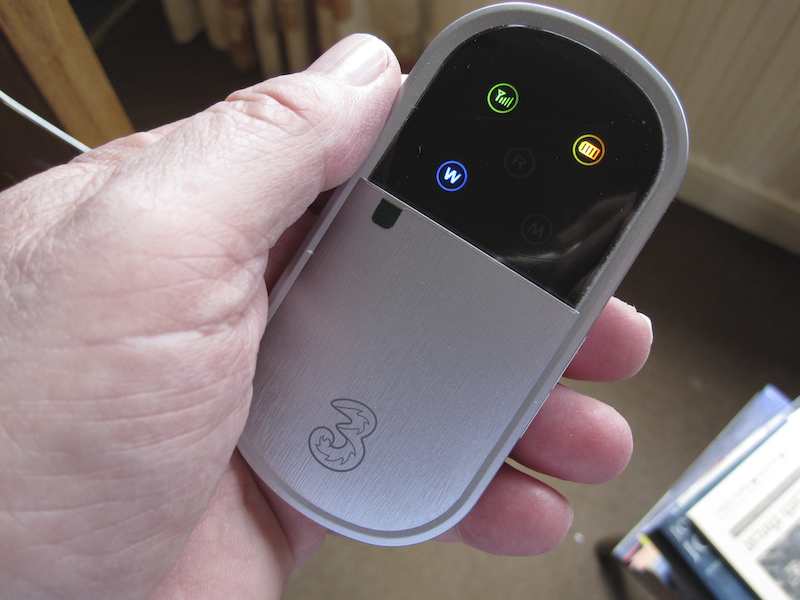Wonderful FT.com column by Gideon Rachman, who found himself marooned in Tel Aviv.
My reaction to volcanic exile has been a bit like the bereavement cycle – grief, anger, denial, acceptance. The only time I succumbed to incredulous rage was on the flight home to London on Thursday, the first day of the crisis, when the pilot announced that we were turning back to Tel Aviv. Volcanic ash? What an absurd excuse. Surely, this couldn’t be happening? I had meetings to go to in London; articles to write; family coming to dinner that night. I had heard of the right of return to the Holy Land, but I had no wish to exercise it myself. The situation must be fixable. As soon as we got off the aircraft a colleague rang a travel agent in London and grabbed the few remaining seats on the next British Airways flight out of Israel. We congratulated ourselves on our quick reactions, went out to dinner and prepared to leave the following morning. But the following morning, the cloud hadn’t moved. It was getting worse.
After a while it began to occur to me that my gathering gloom might have less to do with missing my family and several appointments, than with the unfamiliar sensation of being thwarted. Wealth and privilege has made babies of us all. Of course I should be able to get anywhere in the world in 24 hours! There is always a flight out. There is no logistical problem that cannot be solved with a mixture of ingenuity and money. Yet the volcano seemed strangely indifferent to the fact that I have a large credit limit on my Visa card. Its effects are surprisingly democratic. The cloud of ash would not even part for Angela Merkel, the German chancellor, stuck in Portugal – who had to fly to Rome and drive.
What’s most interesting about the #ashtag crisis is what it reveals about our technological arrogance. We’re so accustomed to being in control that we cannot comprehend not being able to change things. As Rachman says, wealth and privilege — and, I would add, technology — has made babies of us all. Gratification has to be instant. Why not go to New York for a weekend’s shopping? (I’ve never done it, but I know people who have.) A few days in Donegal? Or Nice? A weekend in Amsterdam? (I’ve done those.)
The ash cloud is instructive not just because it reveals our naive dependence on technology, but also because it’s a dry-run for global warming. If you take James Lovelock’s view of this as expressed in Gaia’s Revenge then this is what it’ll be like. The earth is a self-regulating system, and it is going to self-regulate global warming. In doing so it isn’t going to pay any attention to our special needs. And there will be nothing, just nothing, that we can do to stop it. We just have to try and adjust to the catastrophe. Which is what Mr Rachman and thousands of other stranded travellers are having to do.





